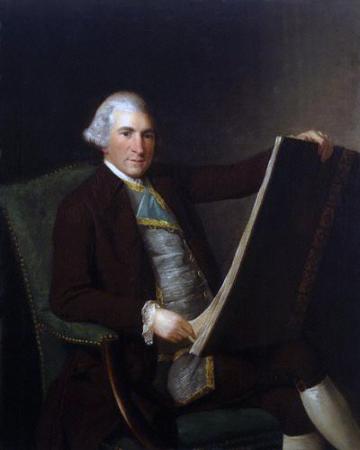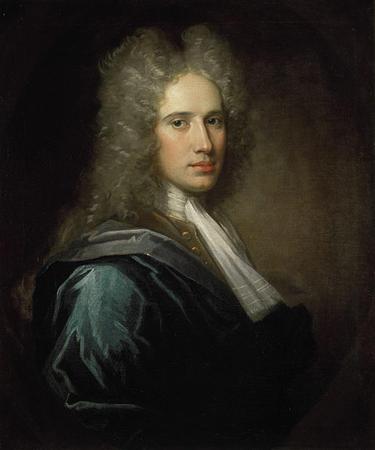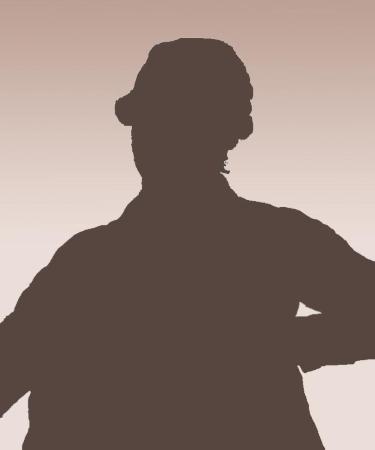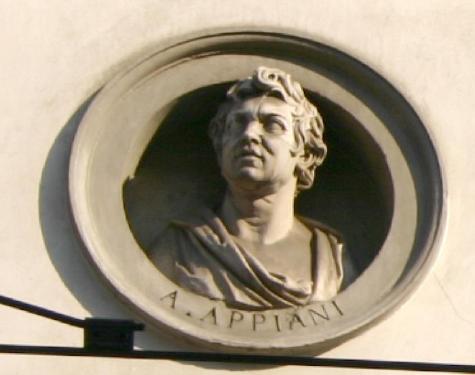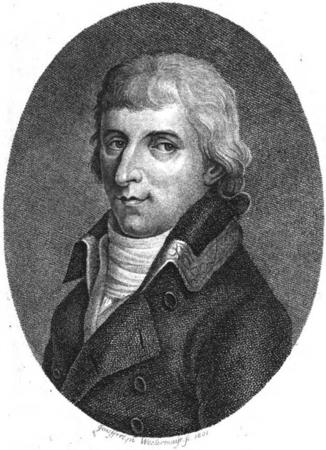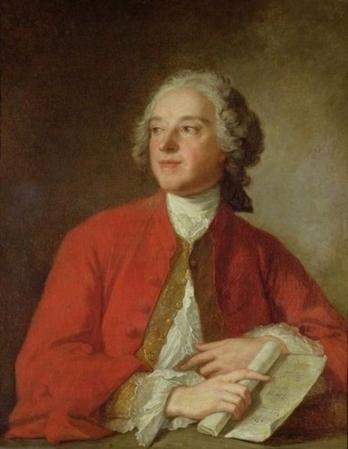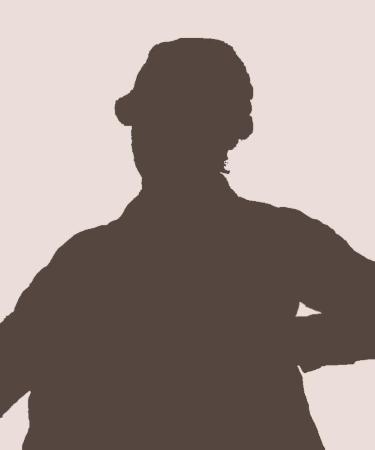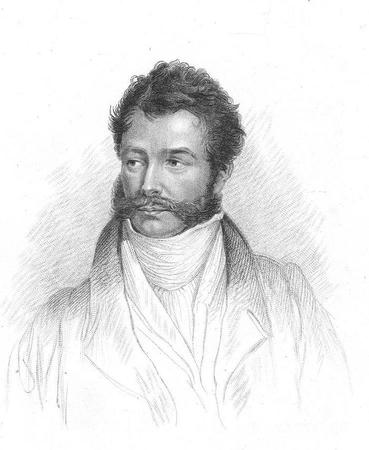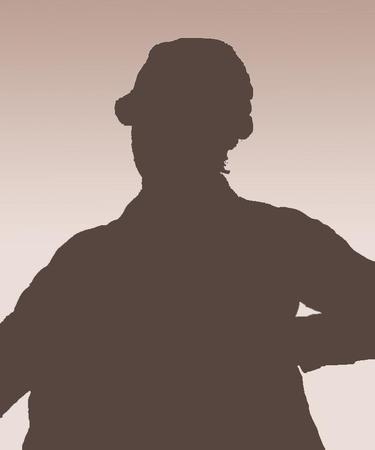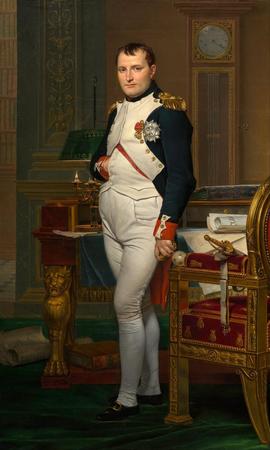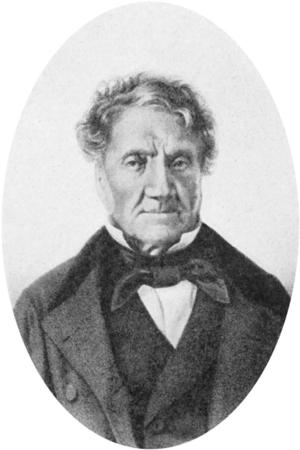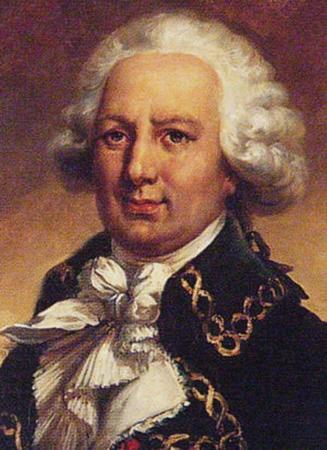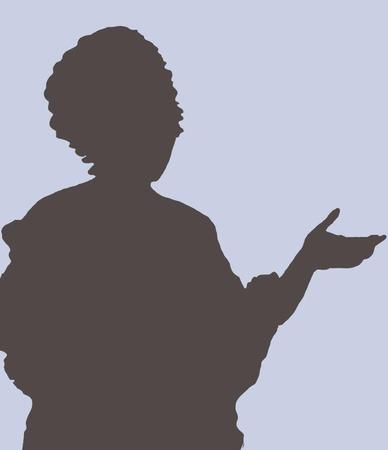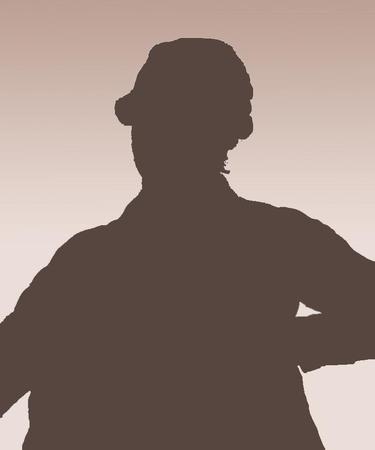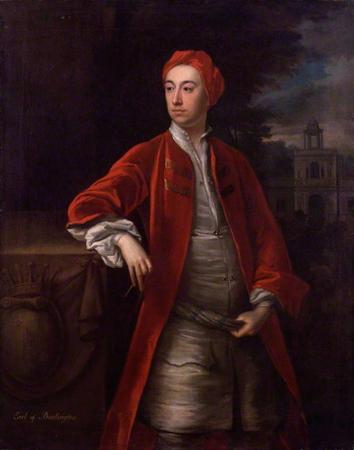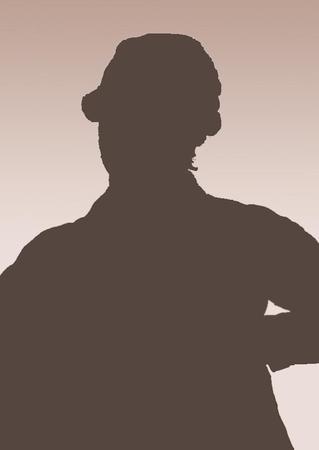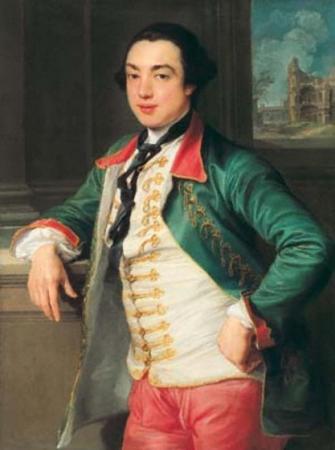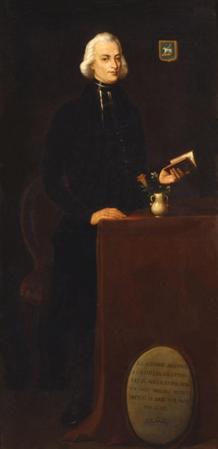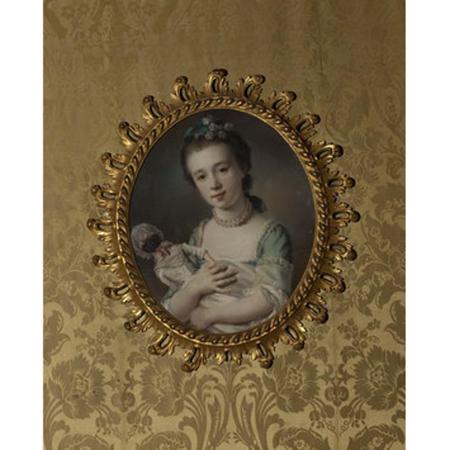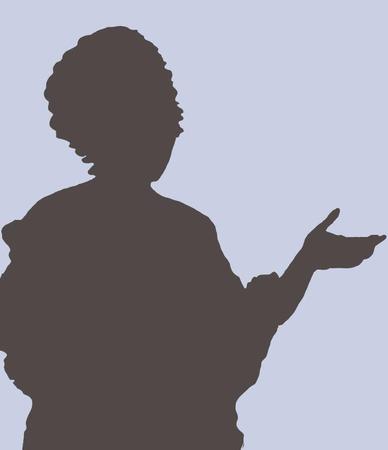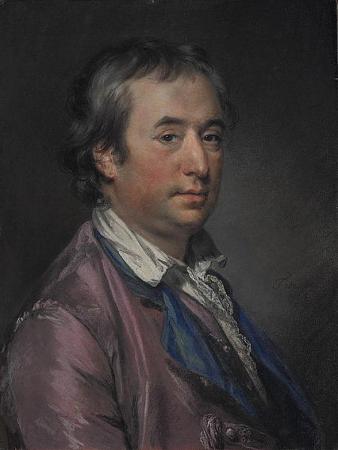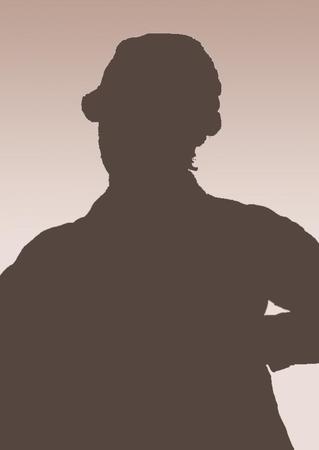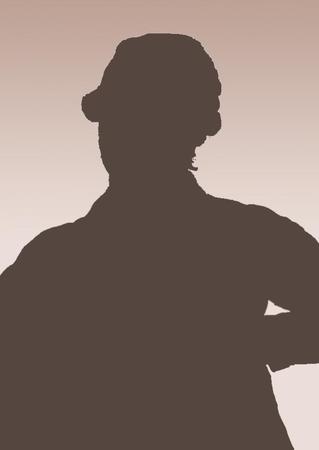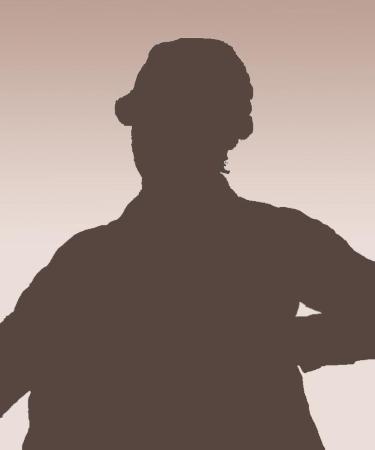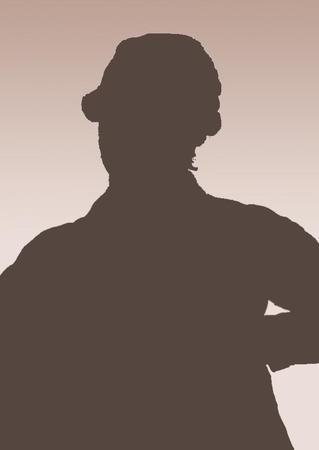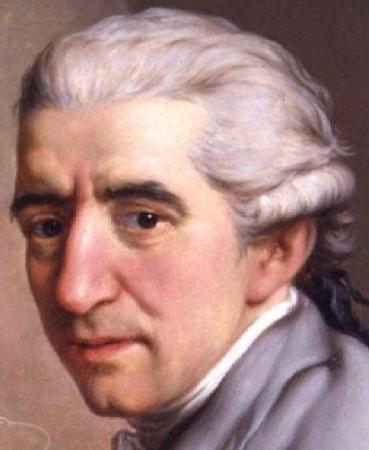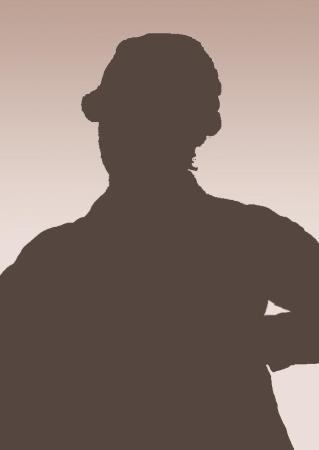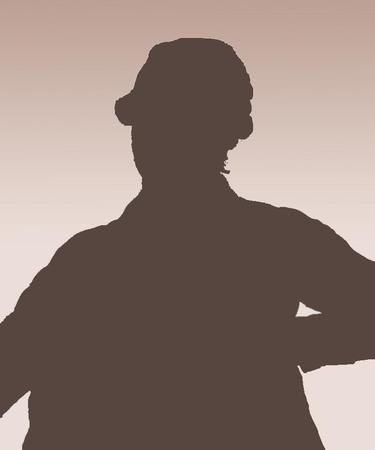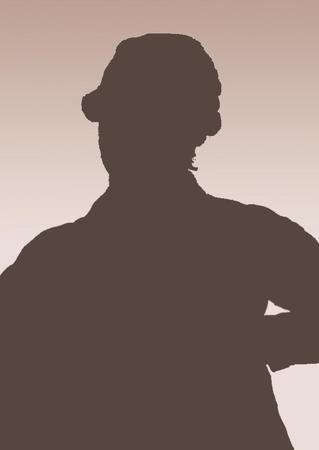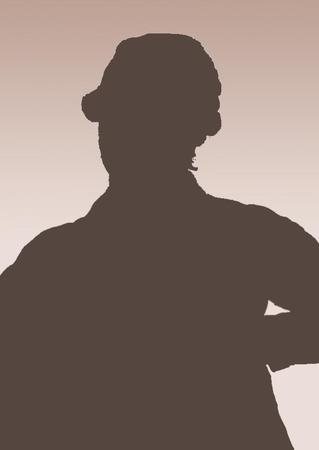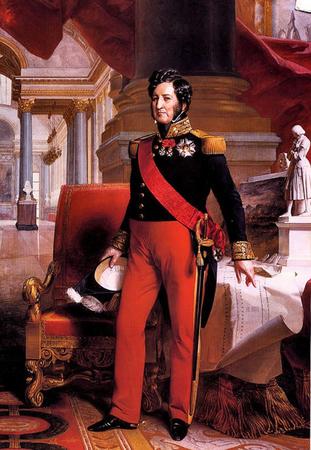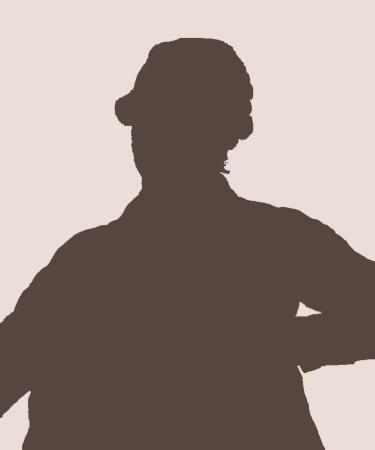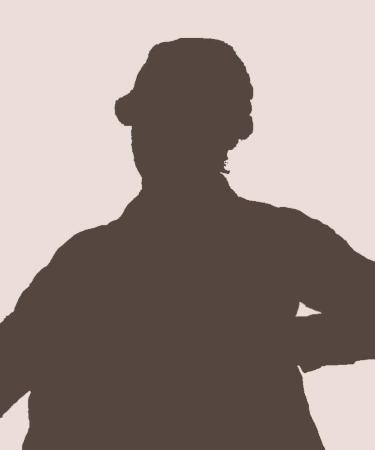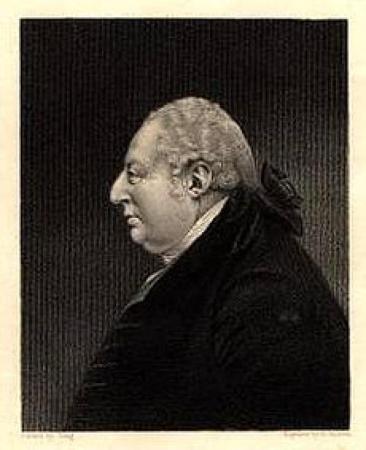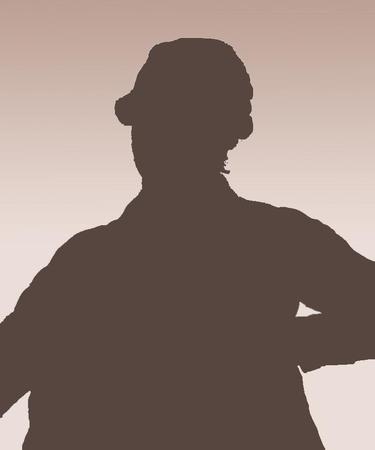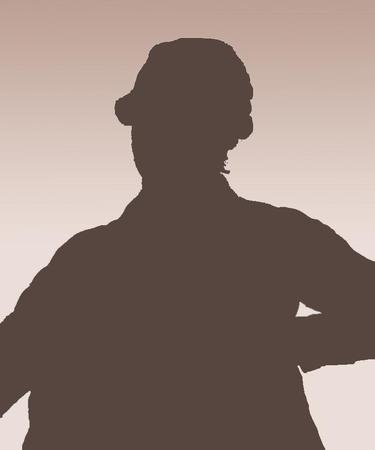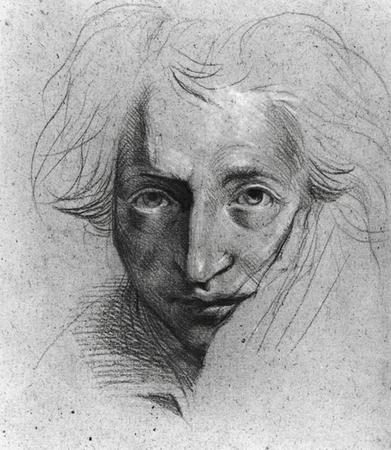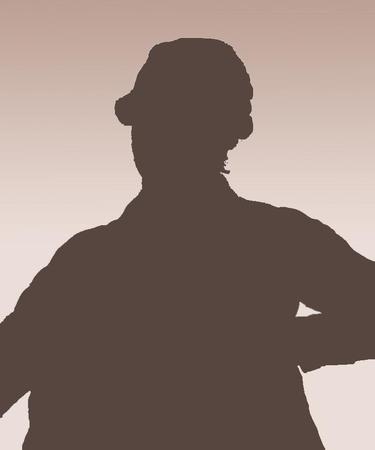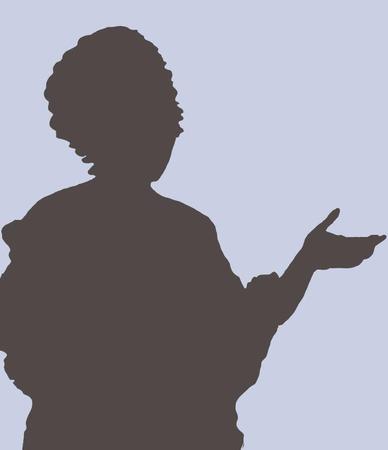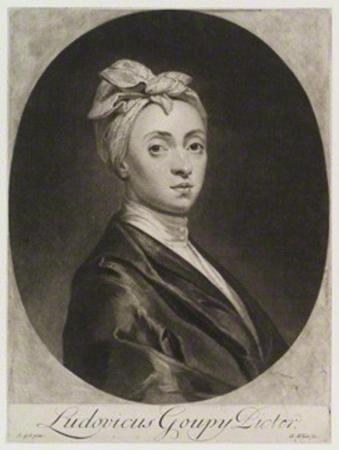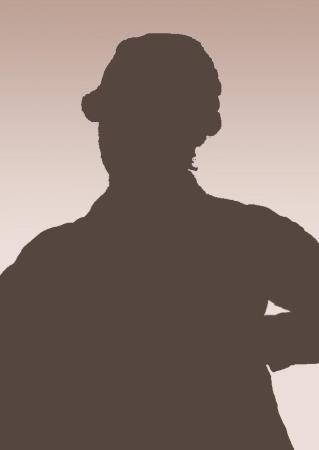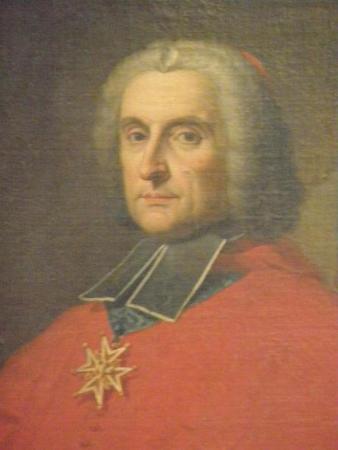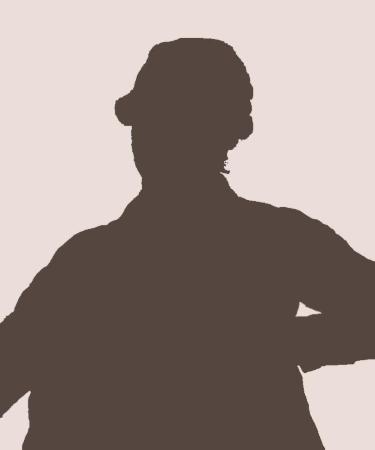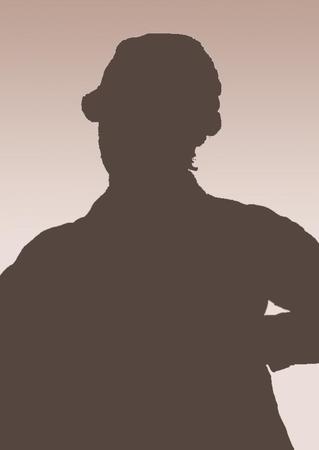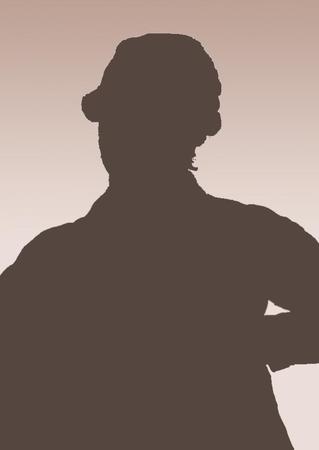Robert Adam
architect
3 July 1728 - 3 March 1792
Architect Robert Adam traveled and studied in Italy for almost 5 years before he returned to London in 1758 to establish his own practice with his younger brother James. Here he developed the "Adam Style", and his theory of "movement" in architecture, based on his studies of antiquity and became one of the most successful and fashionable architects in the country. Adam held the post of Architect of the King's Works from 1761 to 1769 and was often competing with William Chambers.
William Aikman
artist
24 October 1682 - 7 June 1731
William Aikman was a Scottish painter. He traveled widely in Italy, the Ottoman Empire, and Greece.
Bedeau
Antonio Maria Biorrioni
Aimé Bonpland
scientist
29 August 1773 - 4 May 1858
Aimé Bonpland was a botanist who had studied medicine in Paris during the Revolution. He was Alexander von Humboldt's travel companion during the South American voyages. Bonpland returned to South American and appointed Professor of Natural history at Buenos Aires. He attempted to conduct another voyage, but was arrested and imprisoned for 9 years. After his release, he settled in Uruguay.
Maria Amalia Teresa Bourbon, Queen Consort of France
aristocrat
26 April 1782 - 24 March 1866
Queen Consort of France
John Bouverie
antiquary
ca. 1723 - 19 September 1850
English connoisseur, collector, and archaeologist
Richard Boyle, 3rd Earl of Burlington
administrator, collector
25 April 1694 - 3 December 1753
Upon his father's death in 1704, Burlington inherited his title and estates. Burlington was a "gentleman" architect, building not out of professional economic necessity but as a passionate vocation. His Irish estates provided a major source of revenue for his projects, including the transformation of his suburban villa at Chiswick into a paradigm of classical architecture.
Francis Pierpoint Burton, 2nd baron Conyngham
administrator
c. 1725 - 22 May 1787
Francis Pierpoint Burton traveled to Italy with his tutor, Alexander Scott. At Turin, his friend and fellow Irishman Lord Charlemont offered to lend him money to join an expedition to the Levant (Eastern Mediterranean). John Ingamells has noted that "Burton has been described as playing Sancho Panza to Charlemont's Quixote."
James Caulfeild, 1st earl of Charlemont
administrator, administrator
18 August 1728 - 4 August 1799
Charlemont was educated by a succession of tutors, including Edward Murphy who would be his travel companion throughout Italy and the Eastern Mediterranean.
Selina Chambers
daughter
late 1754-early 1755
Selina was the second daughter of William Chambers and Catherine More.
Cornelia Chambers
daughter
5 July 1753 - unknown
Cornelia was born to William Chambers and Catherine More on July 5, 1753 in Strada Felice in Rome.
William Chambers
administrator
23 February 1723 - 8 March 1796
Sir William Chambers was a Scottish architect who worked mainly in London. After traveling throughout Italy, he settled in London in 1755. He began a successful career as an architect, and in 1769 earned the title of Comptroller of the Office Works.
Humphrey Chetham
merchant
1680 - 1749
As a merchant in Livorno Chetham acted as shipping agent for William Kent in 1713-15.
Richard Child, 1st earl Tylney and 1st viscount Castlemaine
administrator, patron
5 February 1680 - March 1750
Joseph Cioia
Giovanni Battista Cipriani
administrator, draughtsman, designer
1727 - 14 December 1785
Cipriani trained in Florence under Iganzio Hugford. He went to Rome in 1750 where he became acquainted with travelers on the Grand Tour. In 1755, he went to London with William Chambers and Joseph Wilton where he settled until his death in 1785. He was considered one of the main contributors to the development of the Neo-classical decorative style. Some of his notable works include his restoration of Antonio Verrio's ceiling paintings at Windsor Castle and Peter Paul Reuben's ceiling at the Banqueting House in London.
Charles-Louis Clérisseau
antiquary, draughtsman
28 August 1721 - 9 January 1820
Clérisseau was an important figure in the spread of Neoclassical architecture throughout Europe and North America. In Italy, he became acquainted with Piranesi, Winckelmann, Cardinal Alessandro Albani and other antiquarians and made hundreds of drawings of real and imaginary scenes of classical architectural, which he sold to Grand Tourists. Clérisseau was a notable, and controversial, figure associated with the development of the Neo-classical style of architecture and interior design and its dissemination throughout Europe and the United States. He trained as an architect in Paris under Germain Boffrand. He was awarded the prix de Rome in 1746 and was "pensionnaire du Roi" at the French Academy in Rome from 1749 to 1754. In 1755 Clérisseau began an association with Robert Adam, first as a teacher and later as an employee assisting him with his study of ancient architecture and decorative forms and their adaptation to new architectural style. In 1778 Clérisseau was appointed "premier architecte" and "membre honoraire de l'Académie Impériale des Arts" by Catherine the Great, and in 1781 "premier architecte de Sa Majesté." Clérisseau exhibited at the Royal Academy, England, in 1772. Clerisseau's one complete building is the gigantic Palais de Gouverneur (1776--89) in Metz.
Hendrik Willem Cramer-Azn
artist
1 April 1809 - 22 December 1874
Cramer was a Prix de Rome (Amsterdam) winner for painting.
Louis Philippe d'Orleans, King of France
aristocrat
6 October 1773 - 26 August 1850
Louis Philippe was king of France from 1830-1848 during the July Monarchy. He ultimately abdicated and lived in exile in England. He was the son of Louis Philippe II, but he is known as Louis Philippe I.
Francis Dashwood, 11th baron Le Despencer
administrator, administrator, administrator
December 1708 - 11 December 1781
Dashwood first traveled abroad in 1726. He made several extended trips to Italy, participating in the excavations at Herculaneum. He was acquainted with Niccolini, Montesquieu and other scholars and antiquaries. While traveling to St Petersburg, stopping en route at Copenhagen, he kept a detailed diary, which offers important first-hand descriptions of both capitals at the time.
Francis Egerton, 3rd duke of Bridgewater
administrator
21 May 1736 - 8 March 1803
In 1753 Francis was sent on a grand tour with a tutor, Robert Wood, a renowned scholar. They stayed in Paris and Lyon, and Bridgewater began collecting art under Wood's guidance. Later in life, after building his canal and colliery businesses into an empire, Bridgewater continued building his collection, incorporating the Orléans collection of Italian paintings first put together by Cardinal Richelieu, and encouraging J. W. M. Turner.
Michael Foy
Henry Fuseli
painter
7 February 1741 - 16 April 1825
Henry Fuseli (born Johann Heinrich Füssli) was a Swiss painter who made the acquaintances of many prominent artists in London (1765-1770, 1779-1825) and Rome (1770-1778). While in Rome, Fuseli exerted a profound influence from within a community of artists, including George Romney, James Northcote, and Thomas Banks. His 1765 translation of Winckelmanns "Gedanken über die Nachahmung der griechischen Werke in der Malerei und Bildhauerkunst" renewed interest in the art of ancient Greece and Rome.
Abbé Grant
administrator
15 August 1708 - 1 September 1784
Abbé Grant, Roman Catholic priest, was an important liaison for British travelers in Rome, so much so that he was referred to by John Ingamells as "something of an institution." As a Roman Agent to the Scottish Catholic Mission, he spent his entire adult life in Rome. He neglected the duties of his office, however, focusing instead on serving British travelers as agent, tour guide, and sometimes personal assistant. Lord Bute later erected a monument to him in Scots College.
Domenico Guidi
Jacob Philipp Hackert
painter
15 September 1737 - 28 April 1807
The German landscape painter Jacob Philipp Hackert moved extensively throughout Europe and was employed by Sir William Hamilton, Catherine the Great, Ferdinand I of the Two Sicilies, and Pope Pius VI. Goethe authored a biography on Hackert in 1811.
Gavin Hamilton
painter
1723 - 4 January 1798
Gavin Hamilton was a Scottish neoclassical painter who lived in Rome for much of his life. He was perhaps more famously known for his antiquities and archeological collections. In this capacity, he undertook several excavations throughout Italy.
Thomas Hardwick
administrator
22 May 1752 - 16 January 1829
Born to an architect and mason, Hardwick studied with William Chambers beginning in 1767 and entered the Royal Academy two years later. His travels took him to Paris, Lyons and in Italy, to Rome, Naples and Venice, where he took measurements of ancient buildings and ruins. Upon returning to England, he made a reputation for himself as a restorer of churches. (A winning entry for a model female prison under the Penitentiary Act 1779 as never constructed.)
Travel played a pivotal role in the shaping of the intellectual and artistic culture of eighteenth- and nineteenth-century Europe. While capital cities such as Rome, Paris, and London served as major attractions for travelers, the increasing specialization and ease of mobility over the course of these centuries drove exploration into remote areas such as Greece, Egypt, and the Near East. Simultaneously, an interest in "national" landscapes and antiquities made infrequently trafficked local regions the focus of new forms of tourism. The ramifications of this expansion of cultural tourism during the eighteenth and nineteenth centuries have been the subject of recent scholarly debates since, and Itinera offers a platform through which contemporary interests may engage with these issues.
Visualizing, understanding, and generating new insights into the changing patterns and objectives for these types of travel are the primary motivators of behind Itinera. Designed to allow scholars and students to better comprehend the interconnected phenomena of mobility, object collection, and site documentation in the eighteenth and nineteenth centuries, Itinera is an map-based, interactive, digital resource that overlays and juxtaposes the movements of travelers alongside the objects of their study and their own creative output. Itinera therefore operates on between two central modelings. The "Travelers" section introduces a user of this site to the historical network in which individual agents existed, while the "Routes" and "Chronology" sections sketch the travels undertaken during their lifetimes.
This digital environment has been proactively developed to collect and present historical data within a richly and transparently -structured visual context. Itinera presents the opportunity for academics and enthusiasts alike to engage with the phenomena of cultural tourism through an innovative academic apparatus. These visualizations not only account for the pre-existing scholarship on individual tours, but more crucially, Itinera promotes user-centric inquiry into the creation of meaningful historical relationships among people, objects, and sites.
